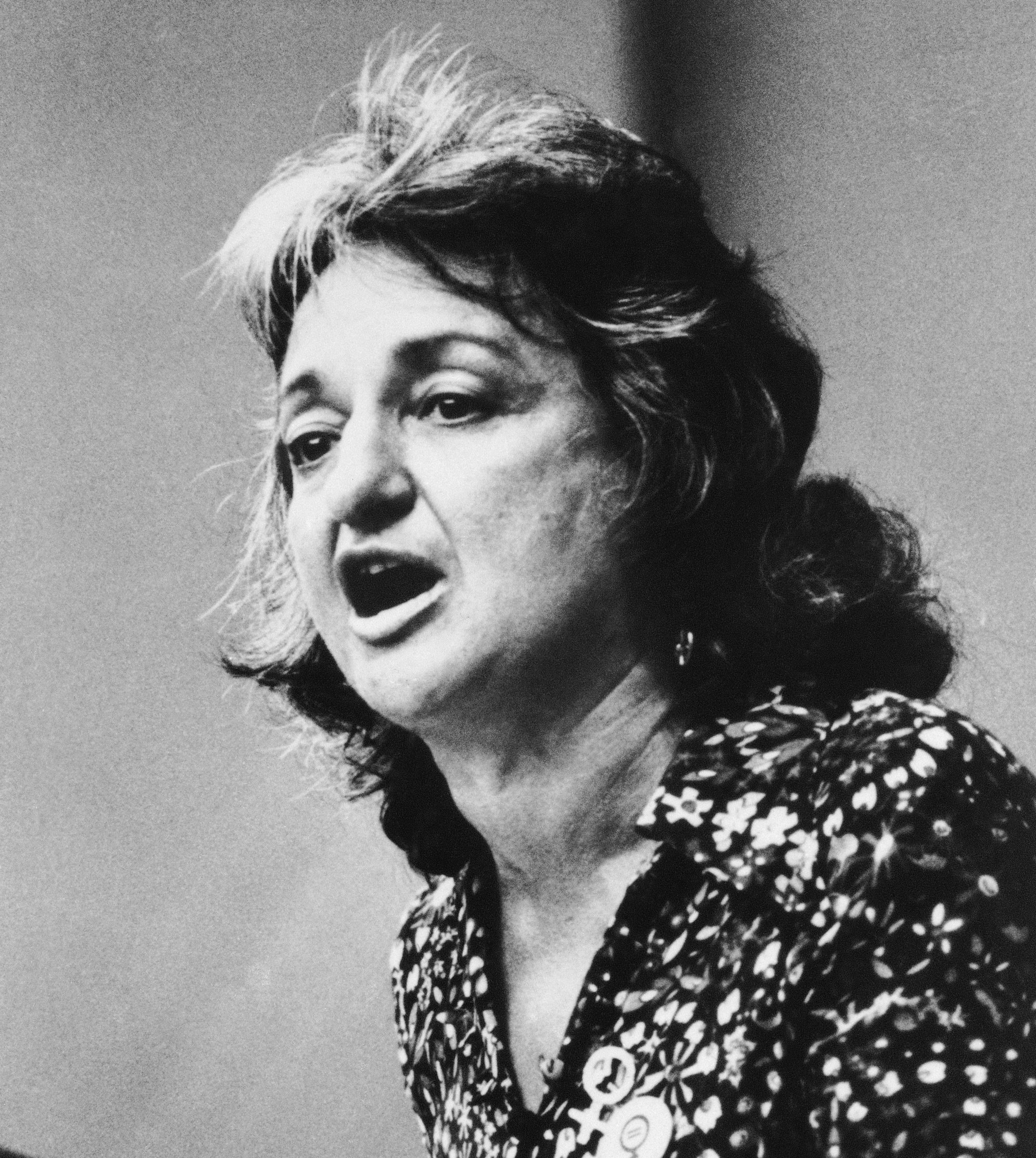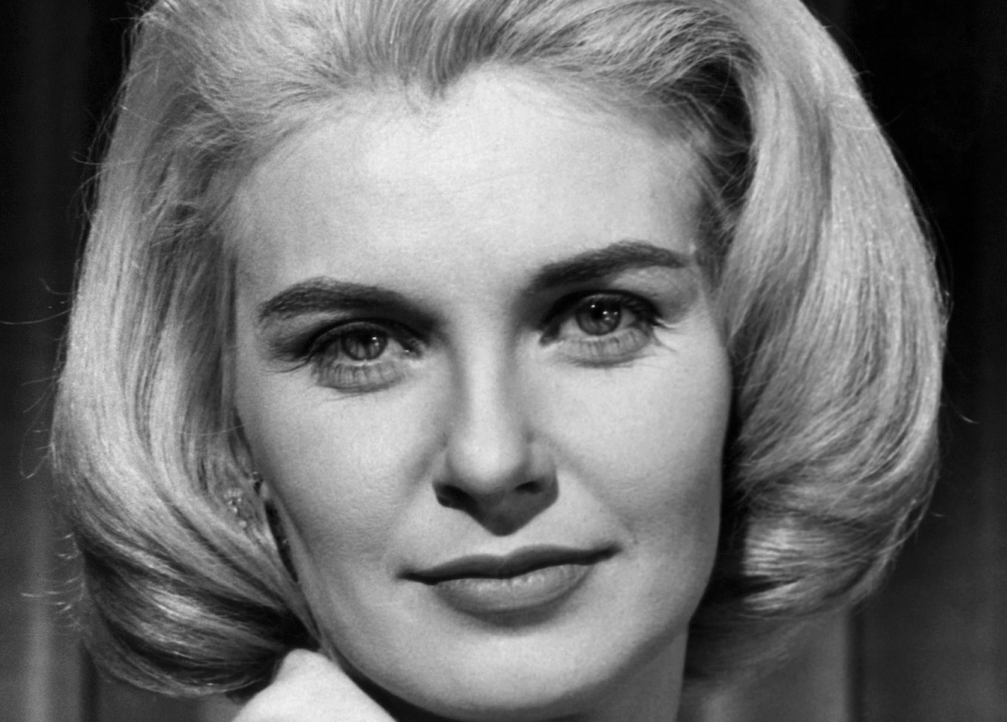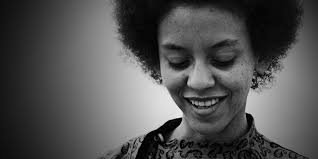SUPERSISTERS! COLLECT 'EM ALL!
IRVINGTON, NY, 1978 — As the sexist song said, Melissa Rich “enjoyed being a girl.” She played Little League, loved math, and collected baseball cards. George Brett. Rod Carew. Mike Schmidt. . .
Then one day, Melissa asked her mother a question. Baseball players, football, hockey — why were no girls on any Topps sets? Suddenly Lois Rich saw a future in the cards.
When Rich phoned her sister, Barbara Egerman began asking neighborhood kids to name five famous women. “All they could come up with was president’s wives, Cheryl Tiegs, and whoever was popular on TV,” Egerman said. Something had to be done.
By 1978, the Backlash had begun. The Equal Rights Amendment, after sailing through Congress, was struggling. Women wore buttons reading “59 Cents” — average earnings for every buck earned by a man. Feminists were mocked as “bra burners” and the Sixties seemed sooo long ago.
But look! On sale soon! It’s a card! It’s a set! It’s — Supersisters!
From #1, skier Suzy Chaffee, to #72, playwright Ntozake Shange, each Supersister card featured a photo on the front, a bio on the back. There were no hits, runs, or other stats, but Supersisters gave girls the chance to “collect ‘em all!”
Lois Rich called the cards “feminine but not necessarily feminist.” Her sister was more blunt. “I’ll convert anyone I can,” said Egerman, co-founder of a state chapter of the National Organization of Women. “The cards give the message that girls can be anything they want to be.”
Making Supersisters was a full-time job. First Rich and Egerman researched modern women. Not for them the same old pantheon — Susan B. Anthony, Marie Curie, Eleanor Roosevelt. . .
Instead of icons, the sisters wanted living, striving women whom girls could admire. They expected to find a few dozen. They stopped researching at 500. With a grant from the New York State Education Department, they narrowed the list and began reaching out.
Contacted by mail, each Supersister was asked to sign a waiver and provide a photo. Though a few, including Jane Fonda and Rosalyn Carter, never responded, the sisters were amazed when. . .
“The letters started coming in,” Egerman recalled. “Senator Margaret Chase Smith. Bella Abzug. Helen Reddy. Margaret Mead. Rosa Parks, for heaven's sakes. . . " Soon seven Congresswomen, including Shirley Chisholm and Barbara Mikulski, asked to be included.
Permissions in hand, and husbands helping, the sisters wrote 72 short bios, then collated the cards on Rich’s ping-pong table. When they took samples to local schools, girls loved them. (Boys, well. . .)
In summer 1979, Supersisters went on sale by mail. Fifteen cards for a buck, six dollars for a full set. With the E.R.A. still going nowhere, Supersisters struck a nerve.
First People featured Supersisters — just like baseball cards, but “no gum and no guys.” Then Supersister #29, Jane Pauley, hosted Rich and Egerman on “The Today Show.”
After 3,000 sets sold out, another 5,000 were printed. When a New York Times feature about flautist Doriot Dwyer mentioned that she had her own trading card, “that's when the phone started ringing."
Soon the sisters heard from Supersisters themselves. “Dear Supersisters,” wrote actress Jane Alexander (#55). “The cards are wonderful and I feel honored to be a ‘Supersister.’” Number 29, the flautist, anticipated “a day when a budding feminist will be trading a Gloria Steinem for a Reggie Jackson.” But Rich and Egerman were more excited to hear from collectors.
“Dear Supersisters, I am a ten-year-old girl. I would like to be president. I am interested in women’s rights. If you could, would you please send me some Supersisters trading cards and where I can get more.”
Next came that great American stamp of success — the lawsuit. DC Comics issued a “cease and desist” order. Seems DC owned not just Superman but the word “super.” Rich and Egerman called the lawsuit “absurd. . . Our cards depict real women who could hardly be confused with comic book characters.” The suit was settled out of court, leaving the sisters free to use “super,” but not Superman’s colors.
In 1981, after their second printing sold out, Egerman and Rich planned a second set. Confirmation came from Betty Friedan, actresses Joanne Woodward and Rita Moreno, poets Maya Angelou and Nikki Giovanni. . . Then, Egerman recalled, "Life got in the way."
“We realized we couldn't do it by ourselves," Rich recalled. "We actually tried to get Topps to help us, but they weren't interested."
With no more cards coming, Melissa Rich had to become super on her own. She went to Dartmouth and the Wharton School, then became a venture capitalist and entrepreneur. But in 2018, on the 40th anniversary the question that started it all, Rich decided to update her mother’s and aunt’s work.
“Given the current cultural and political climate. . . we believe that now is the time to relaunch Supersisters.™”
Supersisterscards.com now sells “merch” to raise funds for future cards. “I don’t have a date,” Rich told The Attic, “but I have all the enthusiasm I need.” The Web enables her to take nominations and she has 500+. She hopes to digitize many but also release more cards, taking advantage of a trading card industry revived during the pandemic.
Meanwhile, original Supersisters sets can be found at the Met in Manhattan, the University of Iowa, and on ebay starting at $150. Last year, the Feminist Institute digitized Supersisters. Collect ‘em all — online!
The E.R.A. remains dormant. Women now earn 82 cents per male dollar. No one knows how many girls, inspired by Supersisters, became “anything they want to be,” but the originals still remember when they got their own trading card.
"To this day, I am so proud of being a Supersister," said swimmer Wendy Boglioli (#17). "To think that I'm in the same card set with Rosa Parks and Helen Hayes. My mother got a kick out of it, and now my three grandchildren do."






















